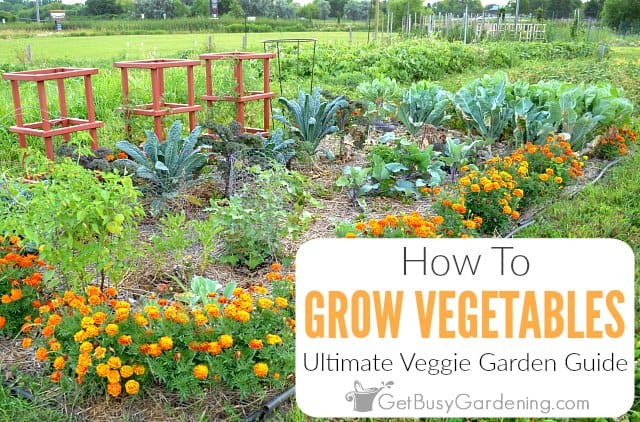Introduction
A portable vegetable garden offers a flexible, space-saving way to grow fresh, healthy produce right at home—whether you have a small balcony, patio, or limited yard space. In today’s fast-paced world, many people seek convenient and sustainable ways to enjoy homegrown vegetables without the hassle of traditional gardening. This guide explores everything you need to know about portable vegetable gardens, including benefits, setup tips, and expert advice to ensure a thriving harvest.
Growing your own vegetables boosts food security, improves nutrition, and connects you with nature. Portable gardens make this accessible to urban dwellers, renters, and anyone who wants to garden on the go. Read on to discover practical strategies, common challenges, and actionable tips to start your own portable vegetable garden today.
What Is a Portable Vegetable Garden?
Definition and Core Benefits
A portable vegetable garden is a movable gardening system designed to grow vegetables in containers or raised beds that can be relocated easily. Unlike traditional in-ground gardens, these setups allow gardeners to optimize sunlight exposure, protect plants from harsh weather, and adapt to changing living arrangements.
Key benefits include:
- Mobility: Move your garden to catch sunlight or shelter plants.
- Space Efficiency: Ideal for small apartments, balconies, rooftops, and patios.
- Soil Control: Use high-quality, disease-free soil to improve crop health.
- Pest Management: Easier to monitor and control pests in contained environments.
Popular Types of Portable Gardens
- Container Gardens (pots, buckets, grow bags)
- Raised Moving Beds with wheels
- Hydroponic or Aeroponic Systems
- Vertical Gardens and Tower Planters
How to Set Up a Portable Vegetable Garden
Choosing the Right Location
Select a spot that receives at least 6 hours of direct sunlight daily. Portable gardens thrive in sunny balconies, patios, decks, or even indoors near south-facing windows with supplemental grow lights.
Selecting Containers and Soil
- Use containers with drainage holes to prevent root rot.
- Choose lightweight materials like plastic, fabric grow bags, or resin for easy mobility.
- Fill containers with nutrient-rich, well-draining potting mix formulated for vegetables.
Picking Vegetables for Portable Gardens
Opt for vegetables suited to container growth, such as:
- Leafy greens (lettuce, spinach, kale)
- Herbs (basil, parsley, cilantro)
- Root vegetables (radishes, carrots)
- Compact fruiting plants (cherry tomatoes, peppers)
Watering and Fertilizing Tips
Portable gardens dry out faster, so daily watering may be necessary, especially in hot weather. Use organic liquid fertilizers or slow-release granules to provide consistent nutrition.
Common Challenges and How to Overcome Them
Limited Space and Yield
Maximize space with vertical gardening techniques like trellises and stacking planters. Succession planting also helps extend harvest periods.
Pest and Disease Control
Regularly inspect plants for pests such as aphids or spider mites. Natural remedies like neem oil or insecticidal soap are safe and effective.
Weather and Environmental Factors
Use portable shade cloths to protect plants from intense sun, and move containers indoors during frost or heavy rain.
Expert Insights and Real-World Examples
Dr. Emily Rogers, a horticulture expert, notes, “Portable vegetable gardens empower urban gardeners to reclaim fresh food production despite limited space. Mobility allows plants to get optimal conditions, enhancing growth and yield.”
A case study from New York City showed that residents using portable raised beds increased their vegetable intake by 40% within six months, highlighting the health benefits and practical impact.
Conclusion
Portable vegetable gardens offer an accessible, efficient way to grow fresh vegetables anywhere, making healthy eating and sustainable living achievable for all. By choosing the right containers, plants, and care strategies, you can enjoy a bountiful harvest despite spatial constraints.
Whether you’re a seasoned gardener or a beginner, starting a portable vegetable garden will deepen your connection with your food and environment. Take the first step today—select your containers and seeds, and watch your garden thrive wherever you go!
